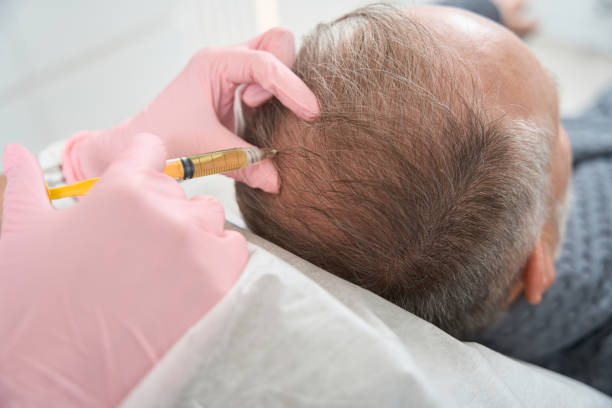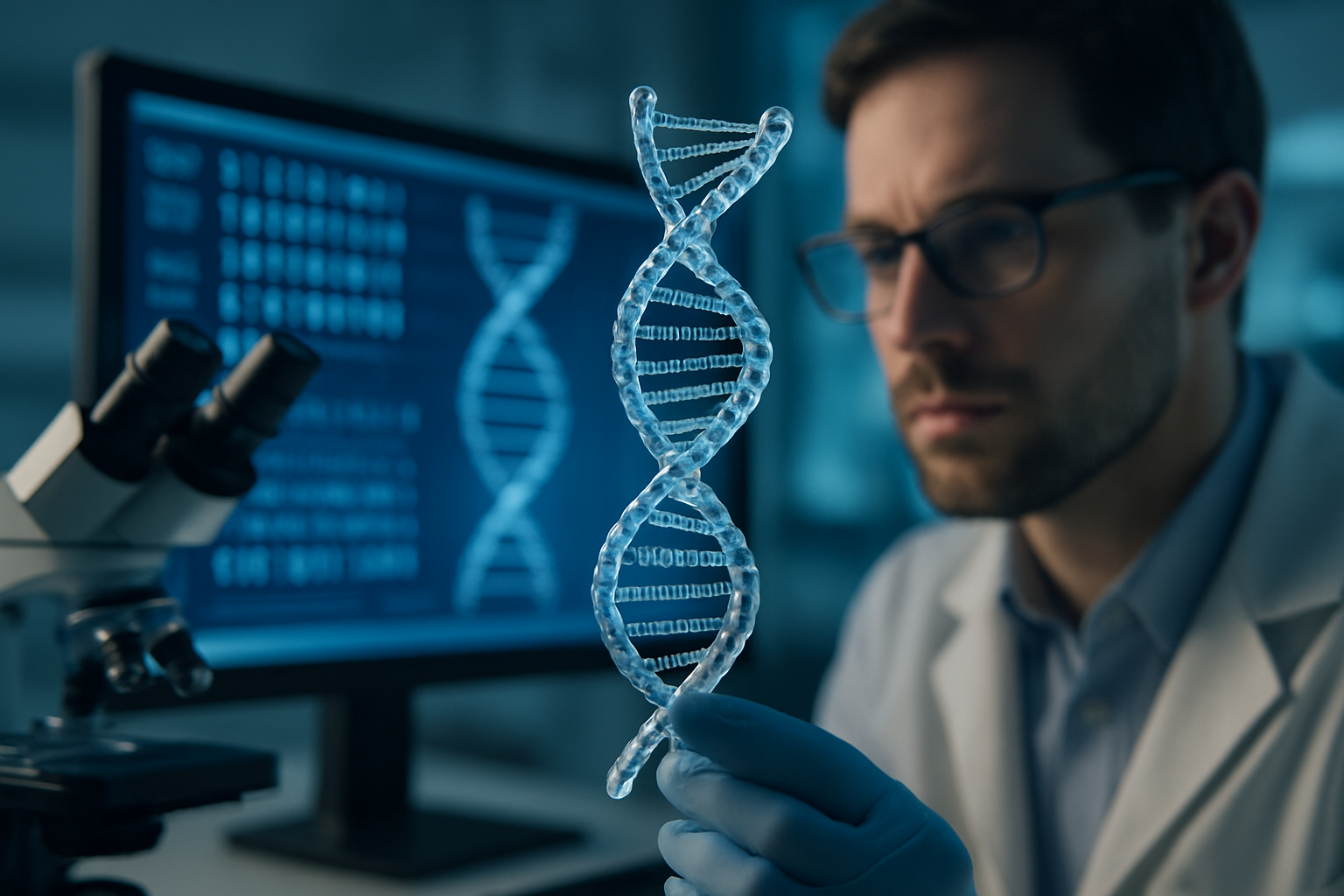Essential Insights and Latest Treatments for Estrogen-Positive Breast Cancer in 2025
Estrogen-positive breast cancer, accounting for approximately 70% of all breast cancer diagnoses, relies on estrogen hormones to fuel its growth. This type of cancer, also known as ER+ breast cancer, presents unique treatment challenges and opportunities that continue to evolve with advancing medical research. Understanding the latest treatment approaches, lifestyle modifications, and supportive care strategies can significantly impact patient outcomes and quality of life during the cancer journey.

What Are the Current ER+ Breast Cancer Treatment Options Available?
The landscape of ER+ breast cancer treatment has expanded considerably, offering patients multiple therapeutic pathways. Endocrine therapy remains the cornerstone of treatment, with selective estrogen receptor modulators (SERMs) like tamoxifen and aromatase inhibitors such as anastrozole, letrozole, and exemestane leading the charge. These medications work by either blocking estrogen receptors or reducing estrogen production in the body.
Newer targeted therapies have revolutionized treatment protocols, particularly CDK4/6 inhibitors including palbociclib, ribociclib, and abemaciclib. These drugs are often combined with hormonal therapy to enhance effectiveness, especially in advanced or metastatic cases. Additionally, mTOR inhibitors like everolimus provide another avenue for patients who develop resistance to initial treatments.
For more aggressive cases, combination approaches incorporating chemotherapy, immunotherapy, or newer agents like PI3K inhibitors may be recommended. The treatment selection process involves comprehensive genetic testing, tumor profiling, and careful consideration of patient-specific factors including age, menopausal status, and overall health condition.
How Does Hormone Therapy for Breast Cancer Work in Modern Treatment Plans?
Hormone therapy for breast cancer operates on the principle of disrupting the estrogen-driven growth mechanism that fuels ER+ tumors. The approach varies significantly based on menopausal status, with premenopausal women typically receiving tamoxifen or ovarian suppression combined with aromatase inhibitors, while postmenopausal patients often start with aromatase inhibitors as first-line therapy.
Recent advances have introduced more sophisticated hormonal approaches, including selective estrogen receptor degraders (SERDs) like fulvestrant, which not only block but actually destroy estrogen receptors. The duration of hormone therapy has also evolved, with some patients benefiting from extended treatment periods of up to 10 years, depending on individual risk factors and tolerance.
Monitoring during hormone therapy involves regular blood tests, bone density assessments, and careful evaluation of side effects such as joint pain, hot flashes, and cardiovascular changes. Healthcare teams now employ more personalized approaches, adjusting treatment plans based on genetic markers, side effect profiles, and patient preferences to optimize both effectiveness and quality of life.
What Breast Cancer Nutrition and Lifestyle Tips Support Treatment Success?
Nutrition and lifestyle modifications play increasingly recognized roles in supporting breast cancer treatment and recovery. A Mediterranean-style diet rich in fruits, vegetables, whole grains, lean proteins, and healthy fats has shown promise in research studies for supporting overall health during treatment. Specific attention to maintaining adequate protein intake helps preserve muscle mass during therapy, while antioxidant-rich foods may help manage treatment-related oxidative stress.
Physical activity recommendations have evolved to emphasize both aerobic exercise and strength training, with studies showing that regular exercise can improve treatment tolerance, reduce fatigue, and potentially enhance treatment effectiveness. Most oncologists now recommend at least 150 minutes of moderate-intensity exercise weekly, adapted to individual capabilities and treatment schedules.
Sleep hygiene, stress management, and social support systems are equally crucial components of comprehensive care. Techniques such as mindfulness meditation, yoga, and cognitive behavioral therapy have demonstrated benefits in managing anxiety, depression, and treatment-related side effects. Avoiding alcohol, limiting processed foods, and maintaining a healthy weight are additional lifestyle factors that may influence treatment outcomes and long-term prognosis.
| Treatment Category | Estimated Monthly Cost Range | Key Considerations |
|---|---|---|
| Generic Hormone Therapy | $50 - $200 | Tamoxifen, generic aromatase inhibitors |
| Brand Name Endocrine Therapy | $300 - $800 | Branded formulations, newer SERDs |
| CDK4/6 Inhibitors | $12,000 - $15,000 | Often covered by insurance, patient assistance available |
| Targeted Combination Therapy | $15,000 - $20,000 | Multiple drug combinations, requires prior authorization |
Prices, rates, or cost estimates mentioned in this article are based on the latest available information but may change over time. Independent research is advised before making financial decisions.
The future of ER+ breast cancer treatment continues to evolve with personalized medicine approaches, including genomic testing to predict treatment response and resistance patterns. Liquid biopsies, artificial intelligence-driven treatment selection, and novel drug combinations represent the next frontier in optimizing outcomes for patients with estrogen-positive breast cancer.
Treatment decisions should always involve comprehensive discussions between patients and their healthcare teams, considering individual circumstances, preferences, and goals. The integration of traditional medical approaches with supportive lifestyle interventions offers the most promising path forward for patients navigating this diagnosis in 2025 and beyond.
This article is for informational purposes only and should not be considered medical advice. Please consult a qualified healthcare professional for personalized guidance and treatment.




